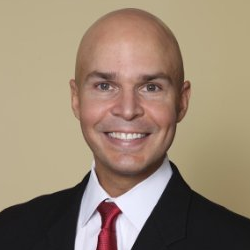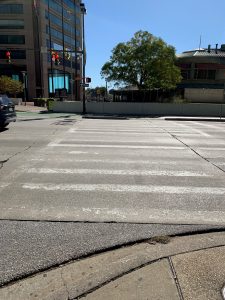When I received an advertisement for a book on Deposing Difficult Doctors by Florida personal injury lawyer, Kim Hart, the title caught my attention. The advertisement included excerpts from the book. What caught my interest is videotaping “independent” medical exams (IMEs). The book makes two arguments in favor of videotaping IMEs:
1. “If you make it a practice to videotape all compulsory medical examinations, you soon will have videotapes of most of the doctors used by the insurance companies in your area. Give your client a copy of a previous videotaped compulsory medical examination and the transcript from the examination of the doctor who is scheduled to examine her. This will take all the mystery and surprise out of the situation and help calm your client’s fear of the unknown.”
2. “A defense-oriented CME [I assume this stands for compulsory medical exam] doctor often plays Mr. Nice Guy at the examination. He will make sympathetic statements to your client such as, “I can see you have suffered a lot” or “I can tell that this injury has had a serious effect on your life.” If a physician is two-faced and projects Mr. Nice Guy at the compulsory medical examination but Attila the Hun at trial, showing the jury a tape of the examination can communicate to them instantly what a scheme he is.”





